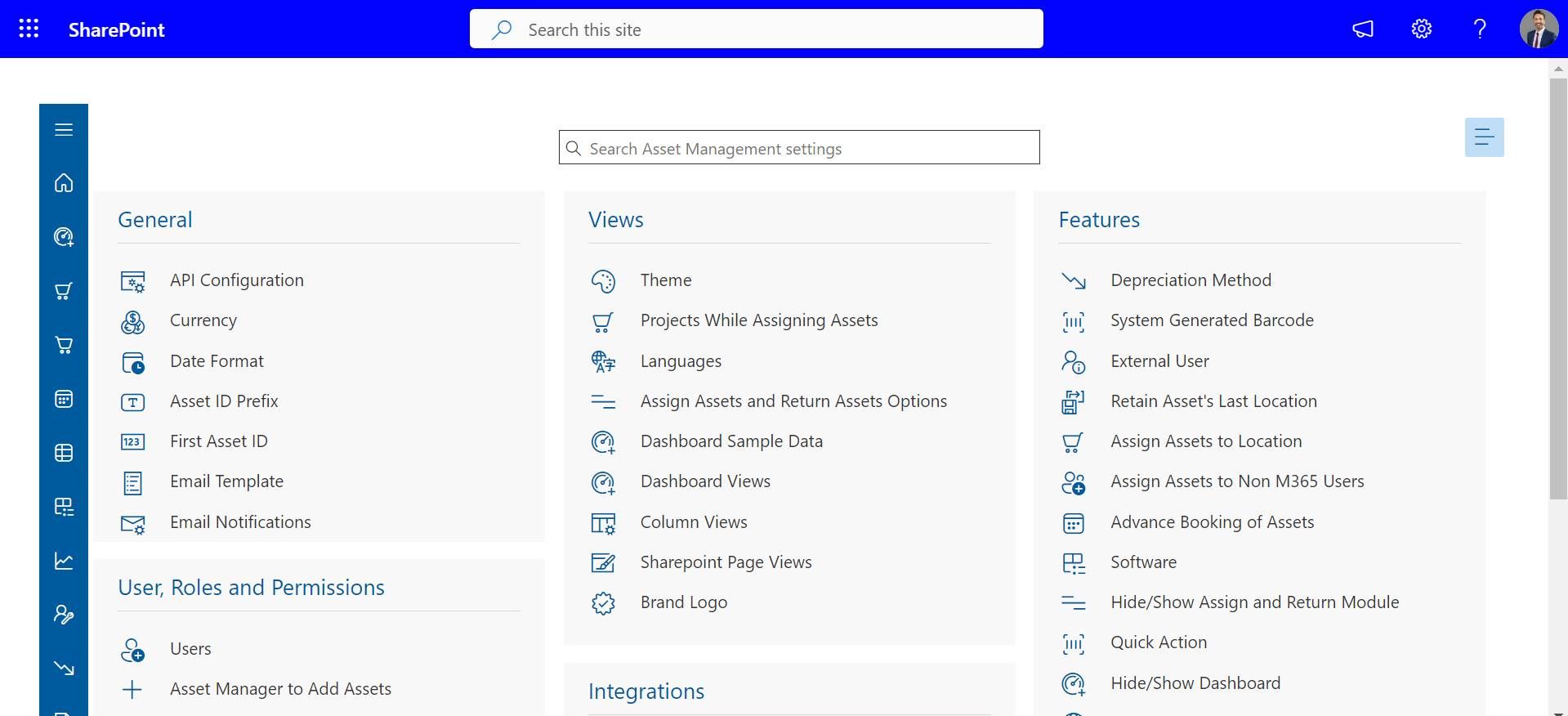Asset Management Solutions
Asset Management Solutions optimize asset performance across industries, ensuring sustained success. Let’s understand briefly below:
Introduction to Asset Management Solutions
Asset Management Solutions helps in to keep things organized and make work easier. In today’s fast digital world, it’s important to keep track of things like computers and software licenses.
Think of it like having a helpful tool that keeps everything in order. No more struggling with complicated spreadsheets or trying to find things that are missing. Asset Management solutions make it simple and easy to manage your valuable stuff.
Whether you’re a small business or a big company, asset management solutions can be customized to fit your needs. They’re like a handy tool that can do many different things.
Importance of Asset Management Solutions
Asset management solutions play a vital role for organizations across diverse industries due to numerous factors:
Optimized Asset Utilization: Asset management solutions help organizations track and monitor their assets, enabling them to optimize asset utilization. By understanding how assets are being used, companies can make informed decisions about resource allocation and ensure that assets are utilized to their fullest potential.
Cost Reduction: Effective asset management can lead to cost reductions by minimizing unnecessary purchases, identifying underutilized assets, and optimizing maintenance schedules. By extending the lifespan of assets and reducing downtime, organizations can lower overall operational costs.
Improved Productivity: Asset management solutions streamline processes related to asset tracking, maintenance, and procurement, which can result in increased productivity. With better visibility into asset availability and condition, employees can make quicker and more informed decisions, reducing delays and improving overall efficiency.
Regulatory Compliance: Many industries are subject to regulations regarding asset management, such as tracking and maintenance requirements for equipment or ensuring data security for digital assets. Asset management solutions provide tools to ensure compliance with these regulations, reducing the risk of fines or penalties.
Risk Management: Effective asset management technology helps mitigate risks associated with asset loss, theft, or failure. By maintaining accurate records of asset location, condition, and maintenance history, organizations can identify potential risks and take proactive measures to address them before they escalate.
Enhanced Decision-Making: Asset management solutions provide valuable data and insights that can inform strategic decision-making. By analyzing asset performance, usage patterns, and lifecycle costs, organizations can make informed decisions about asset investments, replacements, and upgrades.
Improved Customer Satisfaction: For businesses that rely on assets to deliver products or services, effective asset management can directly impact customer satisfaction. By ensuring that assets are available when needed and operating at peak performance, organizations can deliver better service to their customers, leading to increased satisfaction and loyalty.
Asset Security: Asset management solutions help safeguard valuable assets, both physical and digital, by enabling organizations to track their location and monitor access. This is particularly important for high-value assets or sensitive data, where unauthorized access or loss could have significant consequences.
Who Can Use Asset Management Solutions
Asset management solutions can be utilized by a wide range of individuals and organizations across various industries. Here are some examples:
Businesses: Small, medium, and large businesses across all sectors can benefit from asset management solutions. These tools help in tracking and managing assets such as equipment, machinery, vehicles, and inventory.
Government Agencies: Government agencies at local, regional, and national levels often have extensive asset inventories including infrastructure, vehicles, and facilities. Asset management solutions help them optimize resource allocation and maintenance scheduling.
Educational Institutions: Schools, colleges, and universities have assets ranging from classroom furniture to laboratory equipment. Asset management software helps in tracking these assets, ensuring they’re well-utilized, maintained, and accounted for.
Nonprofit Organizations: Nonprofits often have assets such as office equipment, vehicles, and supplies. Efficient management of these assets is crucial for maintaining financial accountability and maximizing impact.
Healthcare Organizations: Hospitals, clinics, and healthcare facilities have various assets including medical equipment, beds, and pharmaceuticals. Asset management solutions help ensure these critical resources are available when needed and are properly maintained.
Manufacturing Companies: Asset management solutions are vital for manufacturing companies to monitor and maintain machinery, tools, and raw materials. This helps in optimizing production processes and minimizing downtime.
Utilities: Companies in the utility sector, such as energy and water providers, have extensive infrastructure assets. Asset management solutions assist in maintaining and optimizing these assets to ensure reliable service delivery.
Transportation and Logistics: Airlines, shipping companies, and logistics firms rely on asset management solutions to track vehicles, containers, and other transportation assets. This guarantees smooth operations and punctual deliveries.
Construction and Engineering Firms: Construction companies and engineering firms manage a wide range of assets including heavy machinery, tools, and materials. Asset management solutions help in tracking these assets across different job sites.
Features of Asset Management Solutions
Asset management solutions encompass a range of features aimed at helping businesses efficiently track, maintain, and optimize their assets throughout their lifecycle. Here are some common features found in asset management solutions:
Asset Tracking:
This is the core feature that allows users to track the location, status, and condition of assets in real-time. It may include barcode, RFID, or GPS tracking capabilities to monitor assets across various locations.
Inventory Management:
SharePoint asset management software often include inventory management features to keep track of stock levels, reorder points, and asset usage. This helps prevent stock outs and ensures that the necessary assets are available when needed.

Maintenance Management:
These features enable businesses to schedule and track maintenance tasks for their assets. This includes preventive maintenance scheduling, work order management, and tracking maintenance history to ensure assets remain in optimal condition.
Depreciation Tracking:
Asset management solutions often include tools to calculate and track asset depreciation over time. This is crucial for financial reporting and tax purposes, helping businesses accurately assess the value of their assets.
Asset Lifecycle Management:
This feature helps businesses manage assets throughout their entire lifecycle, from acquisition to disposal. It includes tracking asset acquisition, usage, maintenance, and retirement, providing insights into asset performance and lifecycle costs.

Compliance and Regulatory Management:
Asset management solutions may include features to ensure compliance with industry regulations and standards. This can include tracking regulatory requirements, managing documentation, and generating compliance reports.

Asset Auditing:
These features facilitate asset audits by providing tools to reconcile physical assets with the records in the system. It helps businesses identify discrepancies and ensure accurate asset records.

Integration with Other Systems:
Asset management solutions often integrate with other business systems such as accounting software, ERP systems, and CMMS (Computerized Maintenance Management System) to streamline processes and data exchange.

Mobile Access:
Many asset management solutions offer mobile applications or responsive web interfaces, allowing users to access asset information, perform tasks, and update records from anywhere using mobile devices.
Challenges in Asset Management Solutions
while asset management solutions offer numerous benefits, they also come with their own set of challenges. Here are some common challenges faced by businesses implementing asset management solutions:
Data Accuracy and Integrity: Maintaining accurate and up-to-date asset data can be challenging, especially when dealing with large asset inventories spread across multiple locations. Inaccurate data can lead to errors in decision-making and inefficient asset management processes.
Integration Complexity: Integrating asset management solutions with existing systems such as ERP, CMMS, or accounting software can be complex and time-consuming. Ensuring seamless data exchange and compatibility between different systems requires careful planning and implementation.
User Adoption and Training: Getting employees to adopt new asset management processes and software can be a significant challenge. Resistance to change, lack of training, and unfamiliarity with the software interface can hinder user adoption and limit the effectiveness of the asset management solution.
Asset Visibility and Tracking: Maintaining visibility and tracking assets across various locations, especially in dynamic environments, can be challenging. Factors such as asset mobility, theft, or misplacement can affect asset visibility and complicate tracking efforts. Offering comprehensive oversight and governance of software portfolios, software asset management tools deliver substantial benefit to both IT teams and their respective organizations.
Maintenance Management: While asset management solutions provide tools for scheduling and tracking maintenance tasks, effectively managing maintenance processes can be challenging. Balancing preventive maintenance with reactive maintenance, optimizing maintenance schedules, and ensuring timely repairs require careful planning and coordination.
Data Security and Compliance: Protecting sensitive asset data from unauthorized access, data breaches, or cyberattacks is a critical concern. Asset management solutions must adhere to industry regulations and security best practices to ensure data security and compliance with privacy laws.
Asset Depreciation and Valuation: Calculating and tracking asset depreciation accurately can be complex, especially for businesses with diverse asset portfolios. Changes in market conditions, regulatory requirements, and accounting standards can impact asset valuation and depreciation calculations.
Scalability and Flexibility: As businesses grow and evolve, their asset management needs may change. Scalability and flexibility are essential considerations when selecting an asset management solution to accommodate future growth and adapt to changing business requirements.
Cost Management: Implementing and maintaining an asset management solution involves costs related to software licensing, hardware infrastructure, training, and ongoing support. Managing these costs effectively while maximizing the return on investment (ROI) can be challenging for businesses with limited budgets.
How Asset Management Solutions Evolved?
Asset management solutions have evolved significantly over the years, driven by technological advancements, changing business needs, and regulatory requirements. Here’s an overview of how asset management solutions have evolved:
1)Manual Processes: Historically, asset management was often a manual process, relying on spreadsheets, paper records, and physical inspections to track and manage assets. This method was labor-intensive, prone to errors, and lacked real-time visibility into asset status and utilization.
2)Introduction of Software Solutions: The advent of computer technology led to the development of early asset management software solutions in the 1980s and 1990s. These systems provided basic functionality for tracking assets, such as inventory management and maintenance scheduling, but were often standalone and lacked integration with other business systems.
3)Integration with Enterprise Systems: As businesses sought to streamline operations and improve efficiency, asset management solutions began to integrate with other enterprise systems such as Enterprise Resource Planning (ERP) and Customer Relationship Management (CRM) systems. This integration enabled seamless data exchange between different functions of the organization and provided a more holistic view of assets across the enterprise.
4)Advancements in IoT and Sensor Technology: The emergence of Internet of Things (IoT) and sensor technology has revolutionized asset management by enabling real-time monitoring and data collection from assets. IoT sensors can track asset location, condition, performance, and other important metrics, providing valuable insights for proactive maintenance and optimization.
5)Cloud Computing: The adoption of cloud computing has transformed asset management solutions by providing scalability, flexibility, and accessibility. Cloud-based asset management platforms allow users to access data from anywhere, anytime, using any device with an internet connection. This has facilitated collaboration among geographically dispersed teams and reduced the need for on-premises infrastructure.
6)Data Analytics and Predictive Maintenance: With the proliferation of big data analytics, asset management solutions now leverage advanced analytics techniques to derive actionable insights from large volumes of data. Predictive maintenance algorithms analyze historical data to predict when equipment is likely to fail, allowing organizations to perform maintenance proactively, reduce downtime, and extend asset lifespan.
7)Blockchain Technology: Blockchain technology is being explored for its potential to enhance asset management by providing immutable and transparent records of asset ownership, transactions, and maintenance history. Blockchain-based asset management solutions offer enhanced security, auditability, and trust among stakeholders.
8)Artificial Intelligence and Machine Learning: Microsoft asset management software are increasingly incorporating artificial intelligence (AI) and machine learning (ML) algorithms to automate routine tasks, optimize asset allocation, and identify patterns and anomalies in asset data. AI-powered asset management systems can adapt and learn from data over time, improving accuracy and efficiency.
Conclusion:
keeping track of your assets is super important for your organization to run smoothly. Our asset management solutions make it easy and stress-free to manage everything. It keeps your things organized and your to-do list simple. It’s not just a tool – it’s a way to make your future more organized and less chaotic. So why wait? Try it out for yourself with our 14-day free trial at hr365.us. Let’s make managing your assets a breeze!
Frequently Asked Questions
Not necessarily. Many asset management solutions are designed with user-friendly interfaces and straightforward setup processes. Additionally, reputable providers often offer training and support to ensure smooth implementation and user adoption.
A: Asset management solutions can be used to track a wide range of assets, including equipment, machinery, vehicles, IT hardware, tools, furniture, and more. Essentially, any physical item of value to an organization can be managed using such software.
Data security is a top priority for asset management solution providers. They typically employ robust security measures such as encryption, access controls, regular backups, and compliance with industry standards like GDPR and HIPAA to ensure the protection of sensitive information.
Yes, many asset management solutions offer integration capabilities with popular business software such as ERP systems, accounting software, CRM platforms, and more. This integration helps streamline processes and enables seamless data flow between different systems.
Most of above if not all, can be addressed by out of the box, secured, easy to use and reliable Asset Management solutions by Asset Management 365 from HR365 built on Microsoft 365 platform and used globally by 6000+ clients.
Implementing an asset management solution offers several significant benefits for organizations across various industries. Here are some of the key benefits:
Improved Asset Visibility: Asset management solutions provide real-time visibility into the location, status, and condition of assets. This enhanced visibility helps organizations better understand their asset inventory, prevent loss or theft, and optimize asset utilization.
Increased Efficiency: Asset management solutions streamline asset tracking, inventory management, and maintenance processes. By automating manual tasks and workflows, organizations can save time, reduce administrative burden, and improve overall operational efficiency.
Cost Savings: Optimized resource utilization and proactive maintenance scheduling enabled by asset management solutions result in cost savings for organizations. By maximizing the lifespan of assets, minimizing downtime, and avoiding unnecessary purchases, organizations can reduce operational expenses and improve their bottom line.
Compliance Assurance: Asset management solutions help organizations ensure compliance with regulatory requirements, industry standards, and internal policies related to asset management. By maintaining accurate documentation, audit trails, and compliance records, organizations can mitigate compliance risks and avoid potential penalties or fines.
Informed Decision-Making: Access to accurate asset data and analytics enables organizations to make informed decisions regarding asset investments, replacements, and allocations. By analyzing asset performance metrics, usage patterns, and lifecycle costs, organizations can optimize asset management strategies and make data-driven decisions that align with their business goals.
Enhanced Security: Asset management solutions enhance security by providing mechanisms for tracking and securing assets, especially high-value or sensitive assets. By implementing access controls, monitoring asset movements, and conducting regular audits, organizations can reduce the risk of unauthorized access, theft, or misuse of assets.
Scalability and Flexibility: Asset management solutions are often scalable and adaptable to meet the evolving needs of organizations, regardless of size or industry. Whether managing a few dozen assets or thousands of assets across multiple locations, organizations can scale their asset management capabilities to accommodate growth and change.
Customer Satisfaction: Improved asset management leads to better service delivery and customer satisfaction. For service-oriented industries such as hospitality, healthcare, or facilities management, efficient asset management ensures that necessary resources are available when needed, leading to improved customer experiences.
Overall, implementing an asset management solution offers organizations a wide range of benefits, including improved visibility, efficiency, cost savings, compliance assurance, informed decision-making, enhanced security, scalability, and customer satisfaction. These benefits contribute to organizational success and competitiveness in today’s dynamic business environment.
Schedule a free personalized 1:1 demo
By proceeding, you accept Cubic Logics’s terms and conditions and privacy policy






Start Your Free Experience
By proceeding, you accept Cubic Logics’s terms and conditions and privacy policy






Schedule a free personalized 1:1 demo
By proceeding, you accept Cubic Logics’s terms and conditions and privacy policy






Try It Free, No Obligation
By proceeding, you accept Cubic Logics’s terms and conditions and privacy policy






Request of the Free License
By proceeding, you accept Cubic Logics Terms and Conditions and Privacy Policy
Offer is expiring soon!
Fill in your details below to receive your personalized coupon code.
Start Your Free Experience
By proceeding, you accept Cubic Logics’s terms and conditions and privacy policy






